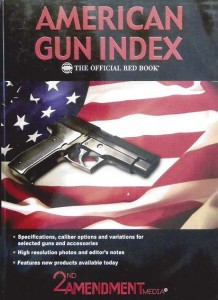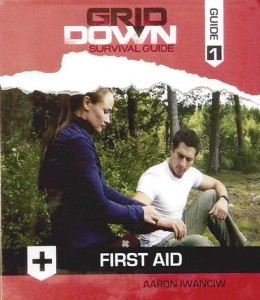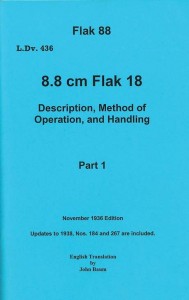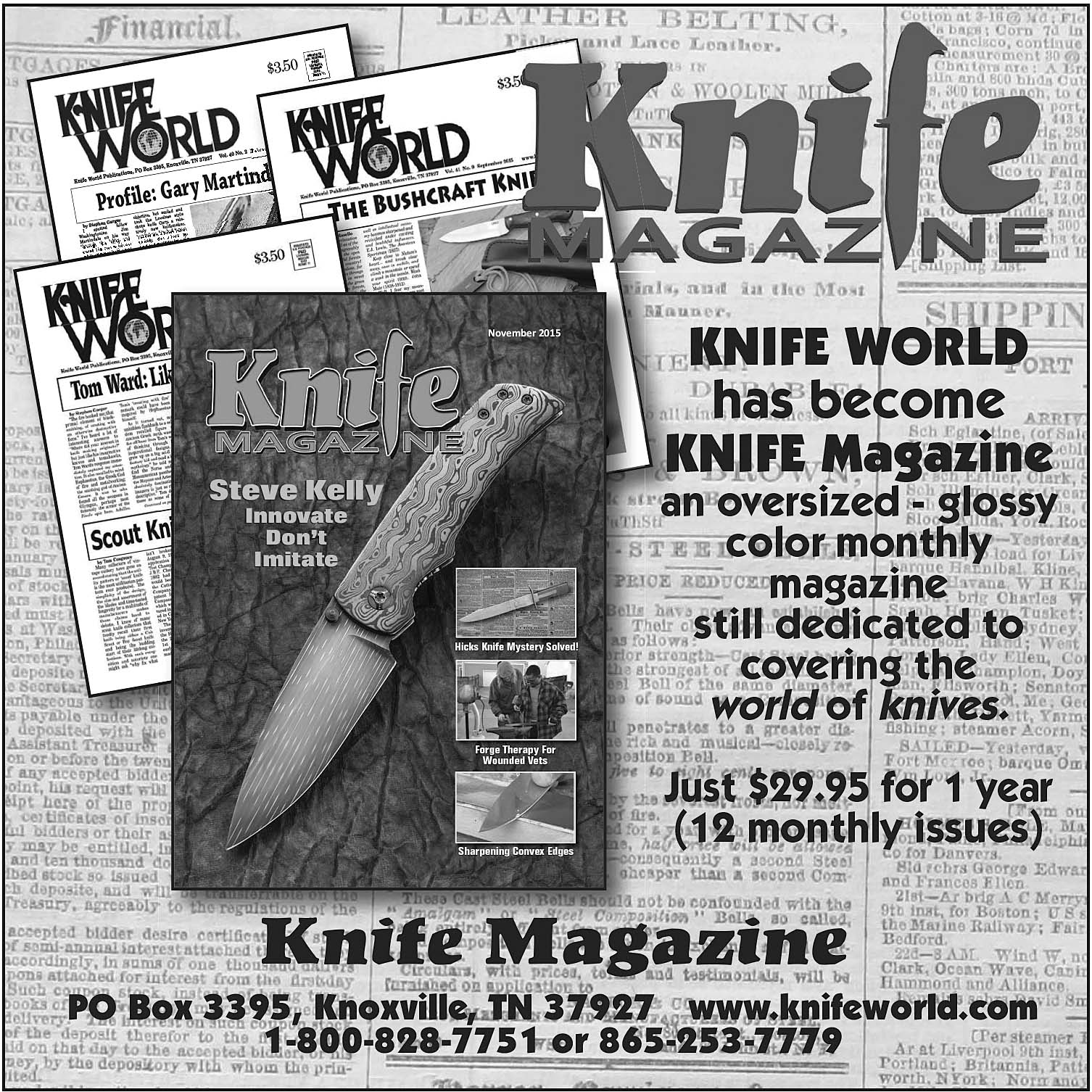 A good gun index, but not complete
A good gun index, but not complete
Larry S. Sterett | Contributing Editor
AMERICAN GUN INDEX. ©2015. Published by the 2nd Amendment Media, Dept. TGM, Whitman Publishing, LLC, 3101 Clairmont Road, Suite G, Atlanta, GA 30329. Price: $24.95, plus postage. Available Online and at many bookstores.
This 336-page softbound volume, printed on top quality paper, features full–color illustrations. It contains eleven chapters, from New Products to Accessories, plus an Appendix of manufacturers, along with the e–mail address. (Location cities are listed, but no postal address, or telephone number.) The New Products chapter covers what’s new in ammunition, handguns, rifles, shotgun, optics, and accessories up to the time of publication.
Products are listed in alphabetical order by category —ammunition, handguns, miscellaneous, optics, etc.—and by manufacturer —Anschutz, ArmaLite, Beretta, etc. Illustrations are full-color photographs, and may be a box of ammunition, with or without an accompanying cartridge, or revolver, rifle, shotgun, riflescope, depending on the category.
Following the New Products section, the currently available firearms are covered, beginning with Handguns, in alphabetical order by manufacturer, followed by Rifles, Shotguns, Black Powder Guns, and Air Guns. Non-firearms—Optics, Ammunition, Muzzleloading Projectiles, and Accessories—make up the final portion of this volume, and these sections are fully illustrated.
Basic data is usually provided for each product. There may be a paragraph, or at least a few lines, or description. For firearms this is followed by the caliber, action, barrel length, weight, sights, capacity (magazine), stock or grips (material) and Manufacturer’s Suggested Retail Price (MSRP).
For ammunition, it generally consisted of caliber, bullet weight, bullet type, case type, and price per box. (Ballistic information was sometimes provided.) In the Optics section, the data on riflescopes consisted of weight, length, power, objective diameter, reticle, field of view (feet @ 100 yards), exit pupil, eye relief, and MSRP.
This is a handy volume, for reference, but it does not include every type of airgun, firearm, or riflescope, holster, etc. available today. (If it did, the weight of the volume of this quality could almost produce a hernia.) It doesn’t, for example, include any Beeman or Marksman airguns, any Kel-Tec rifles or shotguns, any Tri-Star shotguns, or Heritage revolvers. Listing every type of ammunition available today would be impossible, as new ammo manufacturers seem to appear on the scene with amazing frequency. What it does cover is excellent, and the illustrations are top-of-the-line. There may be a few typos, but that occurs in most new books. (This shooter still has not figured out what a .20-03 Win. Cartridge is, and how it fits in an autoloader also available chambered for rimfire .22 Long Rifle cartridges. Interestin’.)
 Pocket illustrated guide to first-aid
Pocket illustrated guide to first-aid
Larry S. Sterett | Contributing Editor
GRID DOWN SURVIVAL GUIDE – FIRST AID, by Aaron Iwanciw. ©2015. Published by 2nd Amendment Media, Dept. TGM, Whitman Publishing, LLC, 3101 Clairmont Road, Suite G, Atlanta, GA 30329. Price: $9.95, plus shipping. Available Online and in many bookstores.
This 128-page softbound volume is intended for emergency use in outdoor situations, but could be useful in any medical emergency. (Having read it prior to the emergency would be an advantage.) It even has hints on treating colds, the flu, bites, hay fever, and much more, which are not normally considered emergencies.
This pocket-size tome doesn’t really contain chapters, as such, but covers five basic topics, from Preparation to Summary, with some other material at the beginning and end. The Preparation section suggests several different medical kits which can be prepared, including personal, trauma, vehicle, medic, and retreat. Some of the supplies may already be in stock, or are easily obtained, while a few may require some searching. The Prevention section covers ways to reduce the need to require medical attention -keep hydrated, take any regular required medications, etc., except in an emergency situation.
The longest topic covered is Treatment, and it includes most situations which could occur, from initial assessment through hernias, including hypothermia, burns, poisons, etc. Even chilblains and immersion foot (trench foot) are briefly discussed. The information is not highly technical, and is easy to understand without requiring a medical background. (In addition to the regular text there are a good number of sidebars with additional information, such as the one listing signs of dehydration.)
The section on ‘battlefield aid’ may seem out of place in a small book of this type, but CPR, fracture and pain management, breathing and infection control can be needed almost any time an accident occurs. A whitetail hunter falling out of a tree stand can have a number of problems somewhat similar to those received on the battlefield. And, hunters, unfortunately, do sometimes get shot, hopefully by accident, while hunting. Timely medical aid may make the difference between recovery and being listed as a statistic.
Illustrated with full-color photographs, this pocket-size guide is worth reading and having available in your daypack while hunting or even hiking off the beaten path. It will not make anyone an Emergency Medical Technician, but is does provide useful information.
 Hitler’s famous 88 manual translated
Hitler’s famous 88 manual translated
Jim Dickson | Contributor
8.8 cm FLAK 18: Description, Method of Operation, and Handling, Part 1 and Part 2. A WW2 German Manual translated into English by John Baum. Available from: John A. Baum, 5678 State Rt. 45, Dept. TGM, Lisbon, OH 44432; online: GermanManuals.com. Price: $29 includes shipping.
The German 88 was the most famous artillery piece of WW2 and one that still influences artillery design today. Its role in WW2 was fundamental to Germany’s early success for it is not without justification that artillery is referred to as “The King of Battle.” Certainly no German artillery piece was as feared by the enemy as the 88, or as universally present.
The 88 was first used in combat by the Condor Legion of Nazi German volunteers that went to fight in the Spanish Civil War in the 1930s. Designed as an anti-aircraft gun the 88 proved an excellent anti-tank and anti-personnel gun as well in WW2. It was even fitted to the Tiger tank and a hyper velocity version was fitted to the Konigs Tiger, or King Tiger tank with great success.
Retelling its story doesn’t tell you anything about the gun and how it worked though. For that you need the manual on the gun. In precise German fashion every aspect of how every part works and how to disassemble and reassemble the 88 is covered. All possible malfunctions and problems and the respective corrective actions to be taken are listed. Part 1 is the 82-page text, while Part 2 is comprised of the 37 line drawings illustrating everything. Many of these drawings are 8½” X 14” long and are folded in once just like the original for a more compact 8½” X 11” size manual.
Very few people have the slightest idea how a modern cannon works or have any inkling of just how complicated a mechanism it really is. This book is a real eye opener for the uninitiated. It gives a real appreciation for artillery and the men who crewed them.




